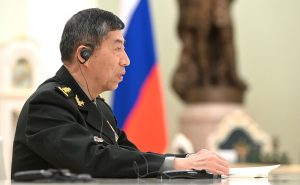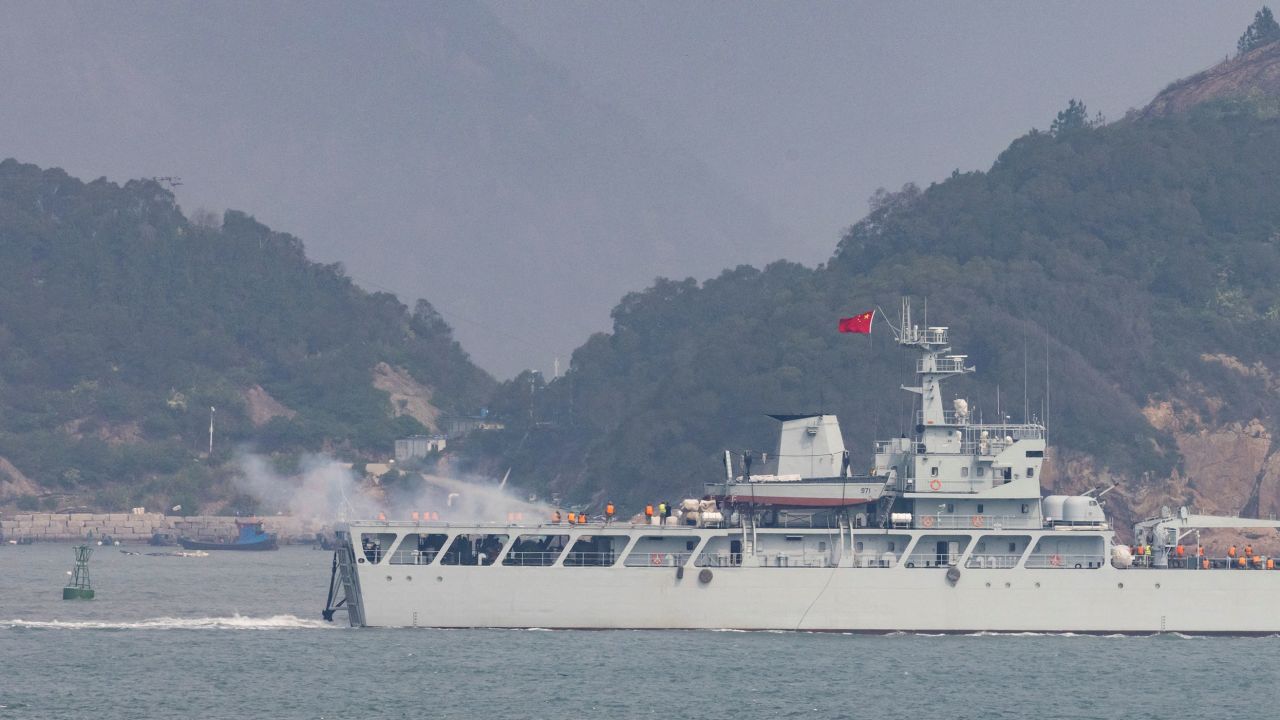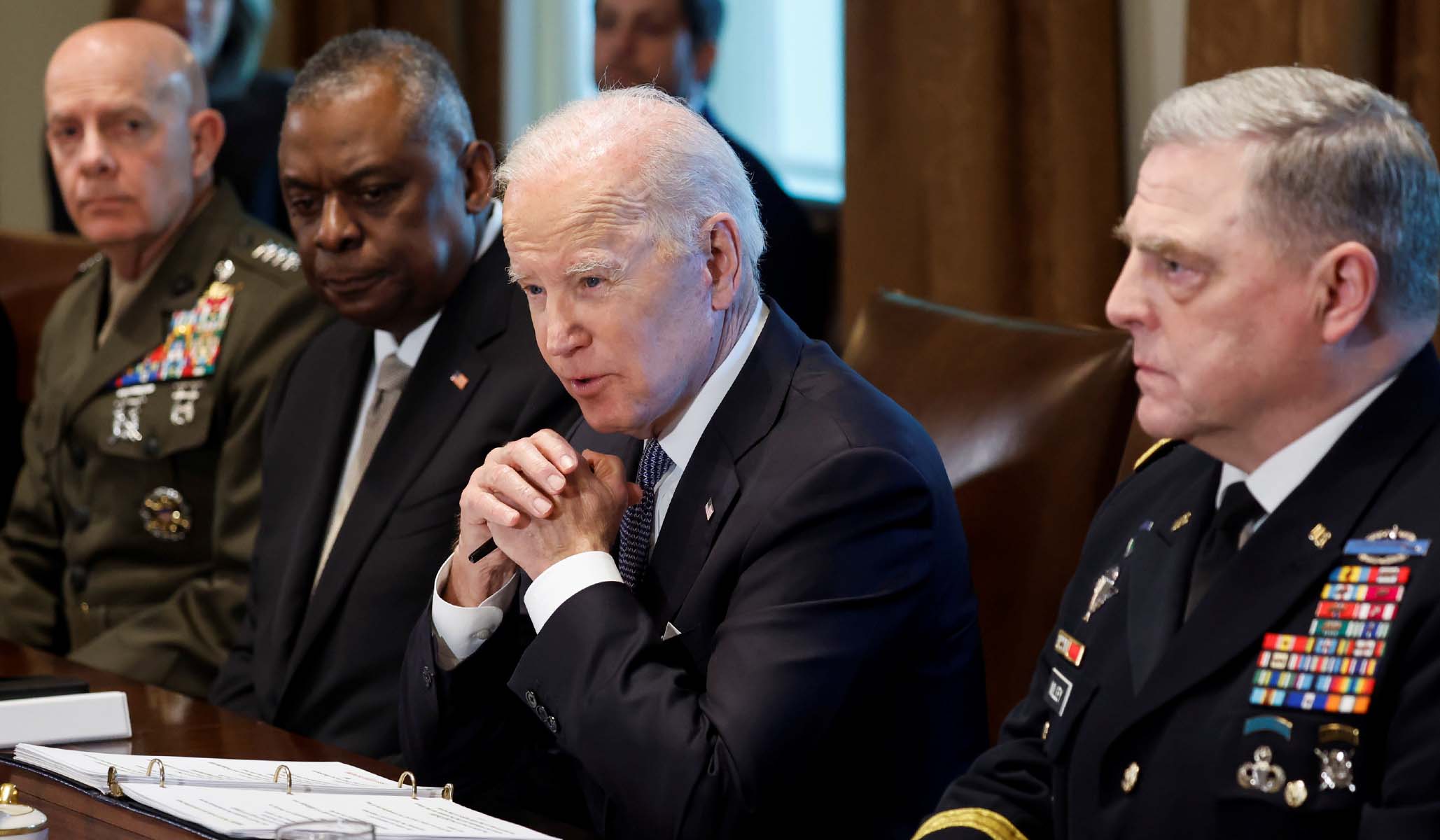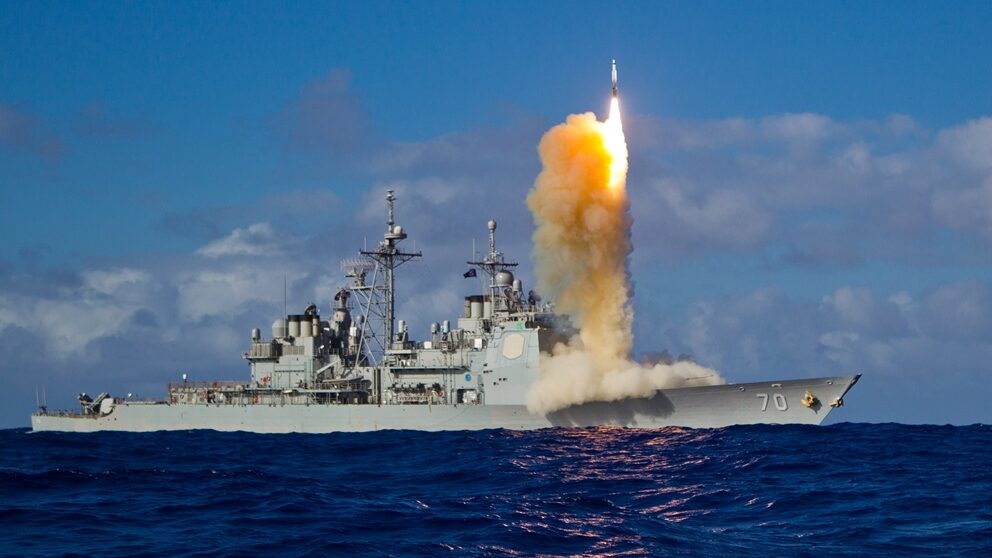EurActiv
 (EurActiv) — India and Russia are discussing a free trade agreement (FTA), the Russian trade minister said on Monday (17 April), an announcement that could deepen bilateral commercial ties that have flourished since war broke out in Ukraine.
(EurActiv) — India and Russia are discussing a free trade agreement (FTA), the Russian trade minister said on Monday (17 April), an announcement that could deepen bilateral commercial ties that have flourished since war broke out in Ukraine.The FTA talks mark a step-up in economic relations between the two countries despite calls from Western countries for India to gradually distance itself from its dominant weapons supplier, Russia, over its February 2022 invasion of Ukraine.
India’s imports from Russia more than quadrupled to $46.33 billion over the last fiscal year, mainly through oil.
“We pay special attention to the issues of mutual access of production to the markets of our countries,” Russian Deputy Prime Minister Denis Manturov, who is also the trade minister, told an event in New Delhi.
“Together with the Eurasian Economic Commission, we are looking forward to intensifying negotiations on a free trade agreement with India.”
Indian Foreign Minister S. Jaishankar said the COVID pandemic had disrupted discussions on an FTA between India and the Russian-led Eurasian Economic Union, and that he hoped “our colleagues will pick up on this … because we do believe it will make a real difference to our trade relationship”.
The other members of the Eurasian Economic Union are Armenia, Belarus, Kazakhstan and Kyrgyzstan.



















